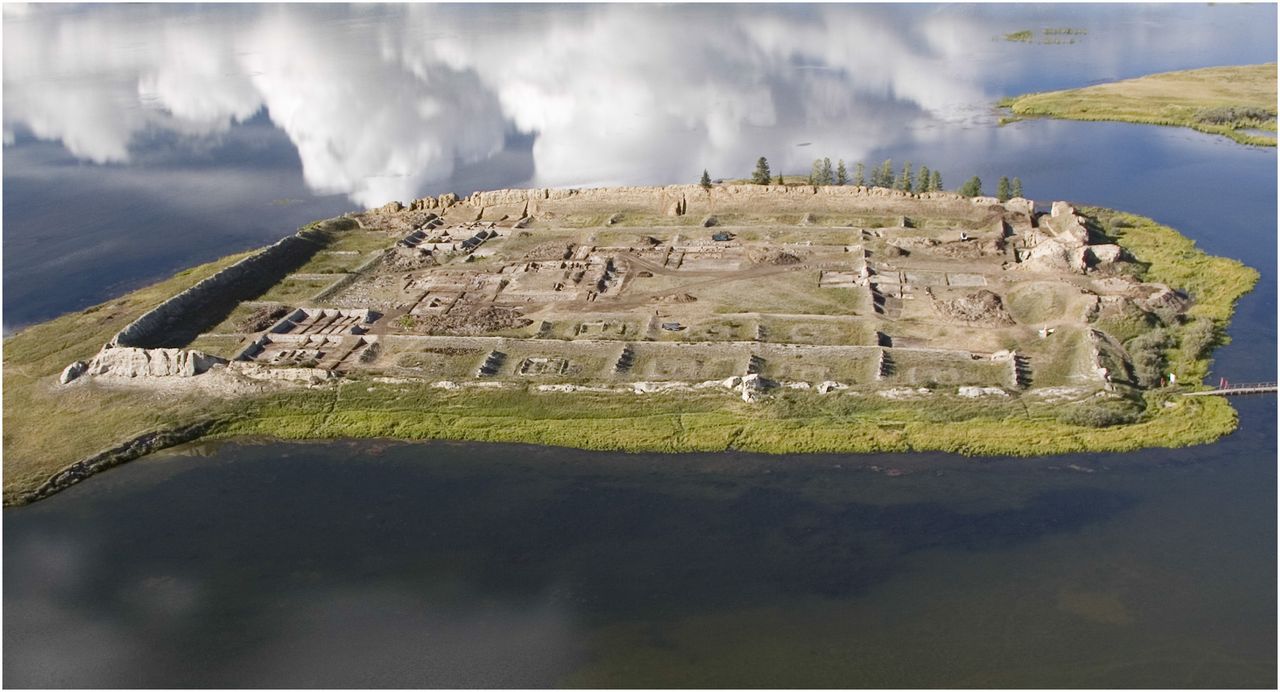UK article: Experts in carbon dating solve centuries-old mystery

No one knew why the mysterious fortress of Por-Bazhyn had been built or why it had never been used. But this week, UG scientists presented the solution to the mystery, thanks to a new method of carbon dating.
By Christien Boomsma - June 10 at 9.19 A.M.
The island fortress of Por-Bazhyn, deep in Siberia’s permafrost, is almost as mysterious as Machu Picchu. It may not be as well-known as its Peruvian twin, but scientists have been fascinated by this eighth-century clay building surrounded by twelve-metre high walls for decades. Who built it? Was it a palace? A fortress? A monastery? Why doesn’t it have any fireplaces? Why doesn’t it look like anyone ever lived there?
In an article published in PNAS this week, UG scientists provide the definitive answer: they’ve determined the building was constructed in the summer of 777. They used a new method, looking for carbon-14 isotope peaks in tree rings. These peaks were caused by rare solar flares, once of which occurred in 775 and another in 994.
| Last modified: | 11 June 2020 2.24 p.m. |
More news
-
24 March 2025
UG 28th in World's Most International Universities 2025 rankings
The University of Groningen has been ranked 28th in the World's Most International Universities 2025 by Times Higher Education. With this, the UG leaves behind institutions such as MIT and Harvard. The 28th place marks an increase of five places: in...
-
05 March 2025
Women in Science
The UG celebrates International Women’s Day with a special photo series: Women in Science.
-
16 December 2024
Jouke de Vries: ‘The University will have to be flexible’
2024 was a festive year for the University of Groningen. In this podcast, Jouke de Vries, the chair of the Executive Board, looks back.
